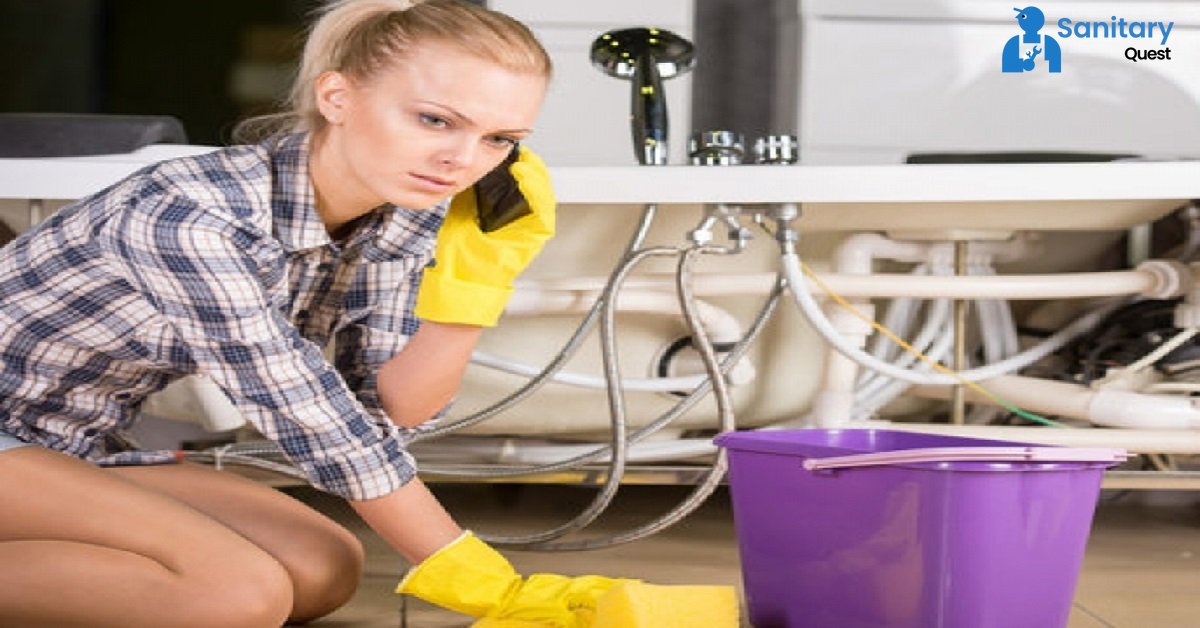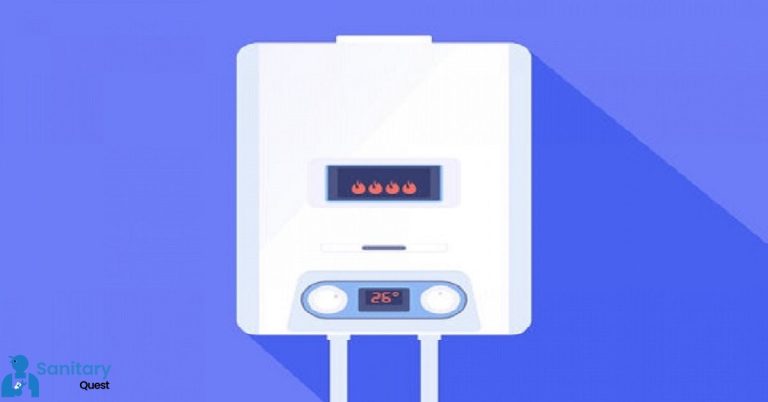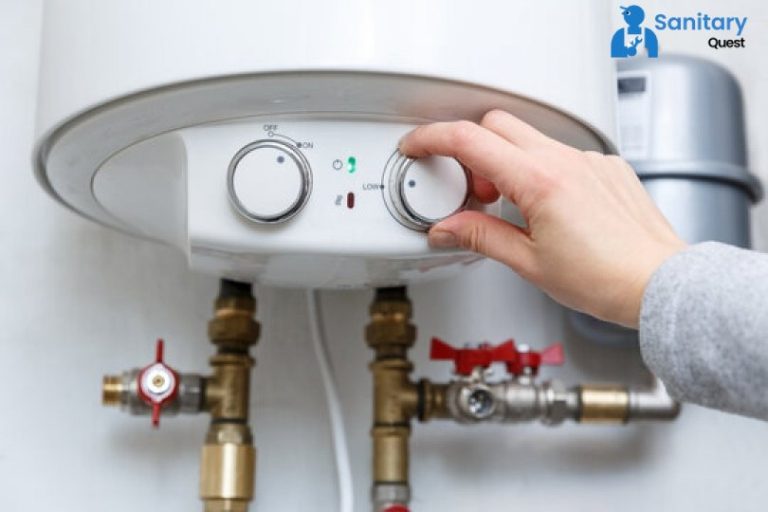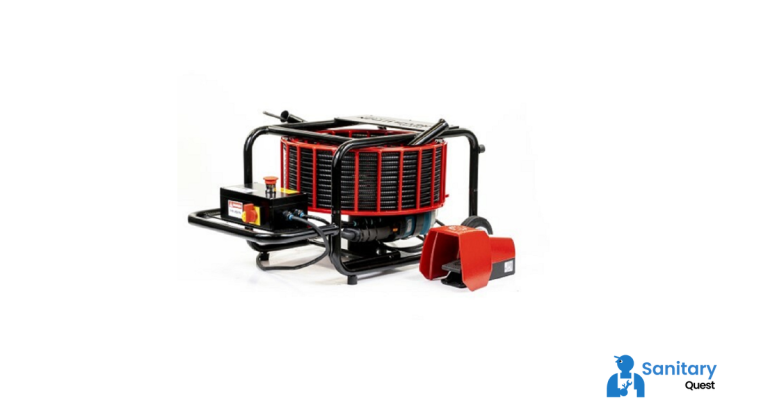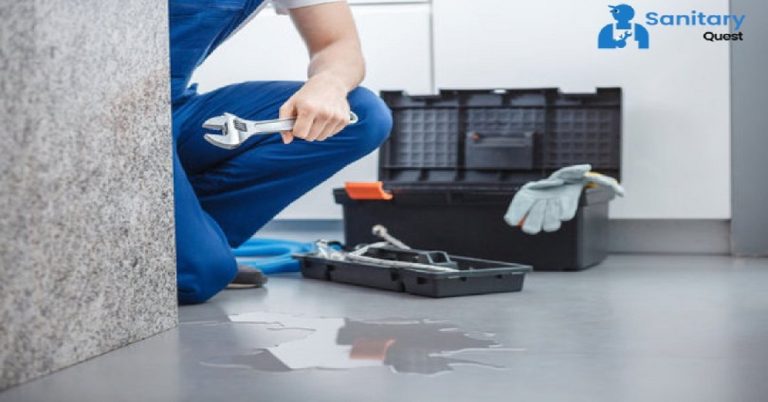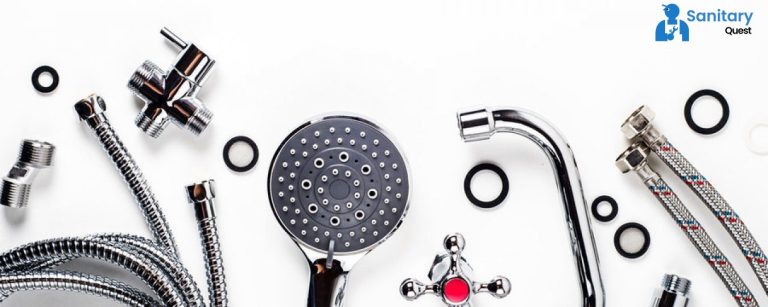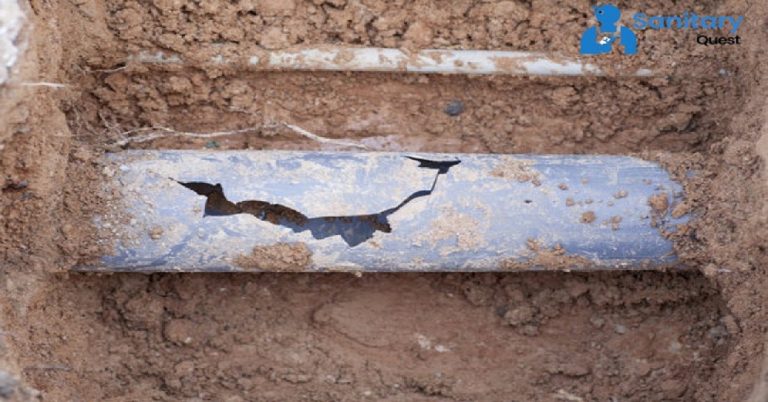How to Find the Source of a Garbage Disposal Leak?
Even with regular and careful maintenance, your garbage disposal will spring a leak at some point in the future. If you open the cupboard beneath the sink to obtain dish soap, you might find that it has been transformed into a pool. Yet, identifying the origin of the leak may pose a greater challenge than initially expected.
If you wish to explore the situation before calling a plumber, one of the most important things you need to know is where and how to look for the source of the leak, in addition to the various repair options you have.
The Anatomy of a Garbage Disposal
The structure of garbage disposal In the majority of garbage disposals, four distinct areas exist where leaks may potentially occur. These include the following areas:
- The sink flange connects the upper part of the disposal to the sink drain and the lower part of the sink.
- The dishwasher connection is typically a rubber hose connected to one of the sides of the removal.
- The drain pipe is usually a tube made of plastic or metal that conveys liquid and solid waste to the city’s sewage system.
- The garbage disposal itself.
Identify the Source
To pinpoint the source of a leak, start by drying the exterior of the disposal and the sink flange. This initial step enables you to observe any newly formed moisture and identify the location of the leak. Because of this, you will be able to conduct an accurate test. After that, put a stopper in the sink drain, and then fill the sink with water until it is several inches deep. The next step is to put a stopper in the sink drain.
Please bear with us while we investigate the garbage disposal below your sink. I appreciate your patience. If you hear active dripping, this is a sign that the leak is coming from the sink’s flange; therefore, you should keep an eye out for it.
If the sink’s drain is still dry, remove the plug from the drain, but be sure to keep a close eye on the disposal while you are doing so. You should be able to see water pouring out of one of the other three points, which could be the drain pipe, the dishwashing hose, or another component of the disposal. The disposal may be clogged if you do not see water pouring out of these points. The appropriate repair method can be chosen once the source of the leak has been identified.
Whether to DIY
Depending on how comfortable you are doing repairs, you can take care of one or even all of these plumbing difficulties. It just depends on how comfortable you are making repairs. However, it is easy to go in over your head when performing this task; consequently, if you have any uncertainty, you should think about calling a licensed plumber after you have located the source of the leak. This is especially important if you are performing this task alone.
It’s possible that fixing a sink flange that’s leaking won’t be all that challenging. The only thing that needs to be done may be a speedy adjustment of the bolts that are now holding the flange onto the sink drain. However, if this does not work, you will likely need to apply a fresh coat of plumber’s putty to the flange to seal it correctly. To achieve this, it’s necessary to loosen the mounting bolts and generate sufficient space between the drain and the flange. This enables the even application of a fresh layer of putty around the drain. Once this step is completed, you can proceed with the task at hand. After that, you merely need to retighten the bolts, and then you need to wait a few hours for the putty to form into a seal that is completely impervious to water.
If the leak originates from the hose connecting the dishwasher to the sink, it’s essential to inspect whether the hose is either cracked or loosely fitted. In the case of a hose-related leak, an examination is necessary to determine whether it is cracked or simply needs tightening. In most instances, all that is required to correct a flexible hose is simply tightening the clamp. Nevertheless, in the event of a cracked hose, a complete replacement is necessary.
Similarly, you can halt the leak in the drain line by using a wrench to tighten the connection to the drain line. However, there is a second seal positioned within this connection. Given the advanced age of the connection, it is probable that the integrity of this additional seal has been compromised. The seal must be changed in this scenario because it has been compromised.
The possibility that the leak was caused by a broken seal or another defect in the waste disposal unit itself is the absolute worst-case scenario. It is feasible for a qualified professional to patch up some of these leaks; however, in the vast majority of cases, it is smarter to replace the garbage disposal altogether.
FAQS
Q1: Where would a garbage disposal drip from?
A garbage disposal might experience dripping from various points, indicating potential issues that require attention. One common source of drips is the connection points. Check the connections where the garbage disposal unit attaches to the sink and the dishwasher hose connection.
Q2: How do you identify a broken garbage disposal?
Identifying malfunctioning garbage disposal involves observing various signs and conducting simple tests to determine the nature of the issue. One common indication of a problem is a lack of response when you turn on the disposal. If the unit doesn’t make any noise or the blades don’t move, there may be an electrical or mechanical issue.
Q3: Why is water rising in my garbage disposal?
Water rising in your garbage disposal could be indicative of a blockage or clog in the drainage system. When the disposal is turned on, water should flow freely through the drain and into the plumbing. If you notice water backing up into the disposal or the sink, it suggests that there is an obstruction preventing proper drainage.
Q4: How do I locate an object in my garbage disposal?
Locating an object in your garbage disposal requires a careful and systematic approach. Before attempting to find the object, ensure the disposal is turned off and the power is disconnected to avoid any accidents. Shine a flashlight into the disposal chamber to get a clear view of the interior.

